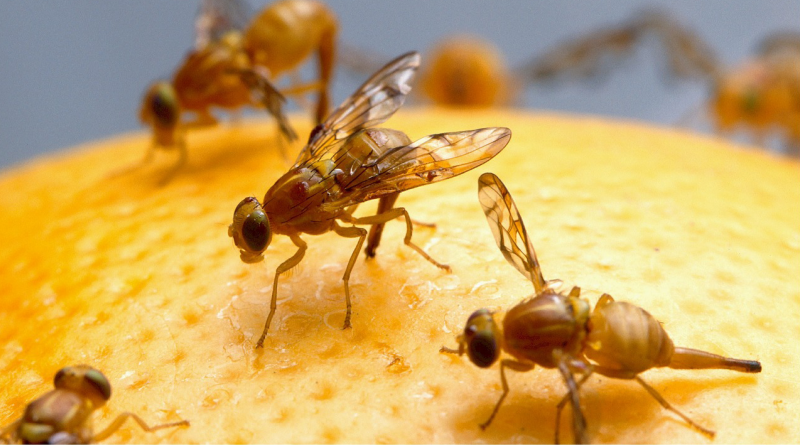By Lilly Ding ’20
At Choate, many students compare how much sleep they get each night as a measure of academic prowess. It is not uncommon to hear students telling others about how they only got five hours of sleep and still managed two tests the next day. There are numerous factors that contribute to the length of a person’s sleep time and in the case of students that includes homework, upcoming major assessments, extracurricular commitments, and stress. However, there is another factor that most have not considered: genes!
Recently, a relationship between a specific group of genes and sleep duration was discovered. Led by Susan Harbison, Ph.D., an investigator in the Laboratory of Systems Genetics at the National Heart, Lung and Blood Institute (NHLBI), this study could possibly lead to better approaches for treating sleep disorders such as insomnia and narcolepsy.
For a long time, scientists have recognized that genes play a key role in sleep patterns and durations, but the exact genes that control these biological processes are unclear. In the study, published December 14, 2017, scientists used a population of fruit fies (Drosophila melanogaster) chosen because of the similarities between their circadian internal clock and the human one to collect data that could be used to model natural variations in sleep behavior applicable to humans.

In the NHLBI study, individuals from a population of wild type fruit
Harbison and fellow researchers then identified 126 differences among 80 genes that were associated with sleep duration. These gene deviations contribute to how much sleep each type of fruit fly needs without compromising patterns of function during waking periods. This is similar to humans, as each person seems to need different minimum hours of sleep to function well. In addition, the scientists determined that these genetic
Harbison says, “This study is an important step toward solving one of the biggest mysteries in biology: the need to sleep…The involvement of highly diverse biological processes in sleep duration may help to explain why the purpose of sleep has been so elusive.”
In addition to sleep duration, the researchers also discovered that the lifespan of long and short sleepers did not differ significantly from that of normal-length sleepers, thus indicating that there are few physiological consequences of sleeping for an extended or a limited period of time.
This NHLBI study is unique relative to other research labs doing similar experiments because the fruit flies with varying sleep patterns were created using the preexisting genetic material in the founder population. The fruit flies were not engineered to have different genotypes, nor were they the result of inserting DNA from a different organism. The latter process is transgenesis and is frequently used to create populations that generate data for animal modeling systems. Transgenesis involves injecting foreign DNA directly into the nucleus of embryonic cells or by using a retroviral vector to insert the transgene into the fruit fly’s DNA.
However, transgenic flies usually only contain genetic fragments and are not dependably comparable to the endogenous genes. This means that transgenic genes do not always perform the same way that naturally occurring genes do. Because Harbison’s team was able to create short and long sleepers from a population of normal sleepers without modification of the DNA, the results are more applicable. The naturally-occurring genes in humans that contribute to sleep patterns correlate more closely with the bred fruit fly populations compared to genetically engineered ones.
In the future, Harbison hopes to identify which gene networks contribute the most to sleep duration and to determine if the information gained by studying those genes in fruit

